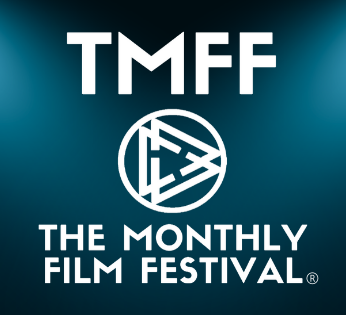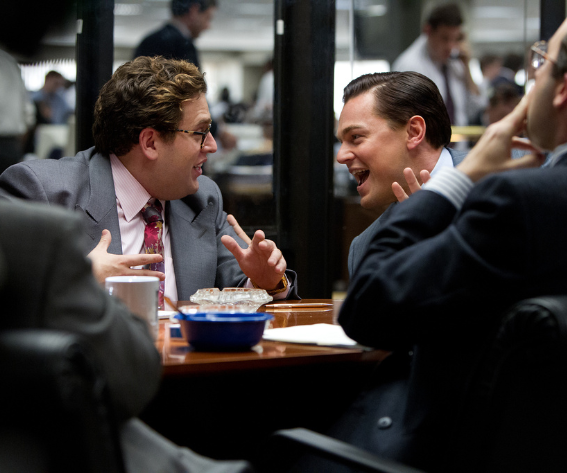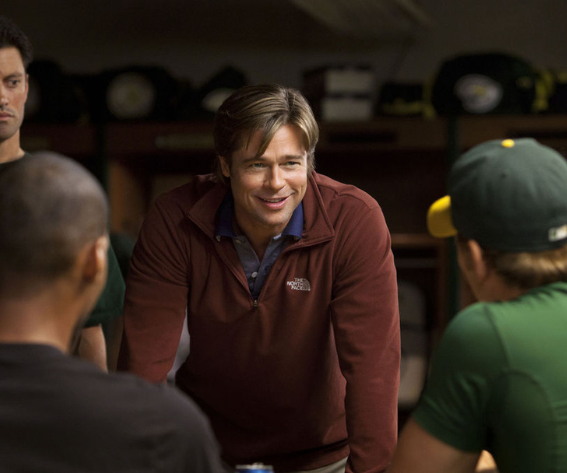Suspense movies have a unique ability to grip audiences and keep them on the edge of their seats. The blend of thrilling moments and emotional weight pulls viewers into the story, making them deeply invested in the characters and outcomes. The science behind this phenomenon lies in how suspense engages the brain, creating feelings of excitement and tension that are difficult to resist.
As viewers navigate twists and turns, their hearts race, and they often experience fear and exhilaration. This emotional rollercoaster triggers various psychological responses that enhance their engagement with the film. The suspenseful moments evoke a natural survival instinct, making the viewer more alert and connected to the unfolding narrative.
These films entertain and exploit fundamental aspects of human psychology. By understanding the mechanics of suspense, filmmakers craft experiences that resonate with audiences on a deeper level. The thrill of anticipation and the emotional stakes make suspense films a captivating genre that continues to draw viewers.
The Psychology of Suspense
Effective storytelling in suspense movies captivates audiences by stimulating curiosity and emotional engagement. Key elements such as building tension, character roles, and narrative techniques create an exhilarating experience.
Building Tension and Curiosity
Suspense thrives on the gradual build-up of tension. Filmmakers use various techniques to keep viewers on the edge of their seats. This often includes strategic pacing, where slow reveals create a sense of unease.
Scenes may linger on the protagonist’s fearful expressions or ominous settings to heighten anticipation. Curiosity plays a crucial role here. As viewers, they are driven to question what will happen next.
This uncertainty compels them to stay engaged, hoping for a resolution. Blending unexpected twists within the narrative amplifies the thrill, leading to a heightened emotional response.
The Role of the Protagonist
The protagonist is central to creating emotional weight in suspense films. Viewers often connect deeply with these characters, sharing their fears and hopes. When the protagonist faces danger or moral dilemmas, audiences feel invested in their journey.
This identification increases the stakes, making the suspense more intense. Protagonists often exhibit human flaws and strengths, making their experiences relatable. When they stumble upon terrifying truths, viewers experience the same tension.
Their reactions, whether fear, bravery, or desperation, resonate with the audience and anchor the emotional engagement in the story.
Emotional Engagement through Storytelling
Effective storytelling in suspense movies engages viewers’ emotions, creating a more immersive experience. This often involves weaving intricate plots filled with twists and moral questions. Conflicts force characters into high-stakes situations, provoking strong reactions from the audience.
Viewers grapple with fear, empathy, or anxiety as the story unfolds. Visual and auditory cues, like unsettling music or dark cinematography, enhance this connection. This combination of careful storytelling and emotional resonance transforms a simple narrative into a gripping exploration of human experience, making suspense films memorable and impactful.
Cinematic Techniques and Narrative Devices
Suspense films employ various cinematic techniques and narrative devices to keep audiences engaged. These methods create tension and intrigue, making viewers invest emotionally in the story while trying to solve the puzzle alongside the characters.
The Use of Red Herrings and Blackouts
Red herrings are misleading clues that divert attention away from the actual plot. These deceptive elements create uncertainty, leading viewers to form incorrect assumptions. In murder mysteries, they can make the identity of the criminal elusive. For example, a seemingly suspicious character may appear to be the killer, only to reveal innocence later.
Blackouts are another effective technique. They can occur at critical moments, creating abrupt shifts in the narrative. These pauses heighten tension and leave viewers anxious to see what happens next. Blackouts often build anticipation, causing the audience to cling to their seats as they await the next revelation.
Non-Linear Storytelling and Plot Twists
Non-linear storytelling breaks traditional chronological order, allowing for a more complex narrative. This technique can reveal vital information at unexpected times, keeping viewers guessing. By jumping between past and present events, films create a puzzle that audiences must piece together to understand the full story. Thrillers, in particular, thrive on this structure.
Plot twists add an element of surprise that enhances suspense. A well-executed twist can change the course of the story, forcing the audience to reconsider everything they thought they understood. They also add layers to character motivations and actions, particularly in detective stories, where readers assume they can solve the mystery before revealing the truth.
The Importance of Pacing in Suspense Films
Pacing is crucial in building suspense. Fast-paced sequences generate excitement and urgency, while slower moments allow reflection and character development. This balance keeps the audience engaged as they anticipate what will happen next.
Effective pacing often utilises cliffhangers at the end of scenes. This technique encourages viewers to remain invested, as they want resolution for the characters’ dilemmas. It turns watching a film into an active experience, akin to an armchair detective piecing together clues while managing their emotions as the story unfolds.
Reels vs. Reels: The Shared Suspense of Cinema and Casino Play
Both suspense in cinema and casino games rely on building tension. They create an emotional rollercoaster that keeps people engaged.
“In films, suspense is often created through storytelling techniques, such as pacing, music, and unexpected plot twists. These techniques help viewers become invested in characters and outcomes, creating heightened emotions. Similarly, casino games, especially slot machines, utilise suspense. The anticipation of a win builds as players wait for the reels to stop spinning. Each spin can create excitement, much like a thrilling plot twist in a movie.” commented UK online casino JeffBet.net.
Key elements that contribute to suspense in both mediums include:
- Anticipation: The wait for the outcome creates tension.
- Surprise: Unexpected results can leave an audience stunned.
- Emotional connection: Players and viewers develop a bond with characters or symbols.
Both cinema and casino play offer a shared experience of unpredictability. The thrill of uncertainty is a common thread that draws people in.
Films like Casino Royale capture this blend of suspense and gambling. They highlight how the stakes can raise tension, engaging both formats equally.
In essence, reels of film and reels of machines offer unique thrills. This similar approach to suspense keeps audiences enthralled, whether in a dark theatre or at a casino.
Iconic Suspense Films and Their Impact
Suspense films have a unique way of capturing audiences through tension and intrigue. Their ability to engage viewers has influenced cinematic techniques and psychological responses to storytelling. Several standout films have shaped this genre, showcasing the elements that captivate audiences.
Analysing Classics: ‘Seven’ and ‘The Game’
Seven and The Game are iconic psychological thrillers demonstrating the genre’s ability to create deep impressions on viewers. Seven, directed by David Fincher, presents a dark narrative where detectives hunt a serial killer who uses the seven deadly sins as his modus operandi.
The film’s gritty atmosphere and shocking twists keep audiences guessing. It explores moral dilemmas, making viewers reflect on justice and retribution.
In contrast, The Game, also by Fincher, uses a different approach. It centres on a wealthy businessman who becomes ensnared in a mysterious game that blurs reality. This film plays with themes of control and paranoia, often leaving viewers questioning what is real.
The suspense built in both films creates a haunting experience that resonates long after viewing.
Contemporary Thrillers: ‘Get Out’ and ‘Smile’
In recent years, Get Out has emerged as a standout suspense film. Jordan Peele’s directorial debut cleverly mixes social commentary with psychological horror. The film follows a young Black man who uncovers disturbing secrets about his white girlfriend’s family.
It’s sharp critique of racism adds depth, making the suspense even more impactful. Audiences find themselves on edge as they confront uncomfortable truths and societal fears.
Smile is another contemporary film that has garnered attention. It revolves around a therapist who experiences terrifying occurrences after witnessing a traumatic event with a patient. The film effectively uses images of fear and isolation to build tension. Its emphasis on mental health issues adds layers, making the horror relatable.
Both Get Out and Smile demonstrate how modern suspense films can merge genres while delivering powerful messages.
Psychological Thrillers and Horror Crossovers
The line between psychological thrillers and horror films is often blurred, creating a rich narrative landscape. Films like Seven and Get Out showcase this intersection.
Noir films traditionally include suspense and moral ambiguity, which influence modern thrillers. Characters like Sherlock Holmes introduce tension through intellectual puzzles, while horror films intensify fear with supernatural elements.
Patrick Wilson’s roles in psychological thrillers bring depth to the genre, showcasing compelling character arcs that maintain suspense through vulnerability. The blend of comic relief moments in these films often offsets the tension, allowing viewers to breathe before the next twist.
Psychological and horror films continue evolving, pushing boundaries and captivating audiences with thrilling narratives.









Leave a reply